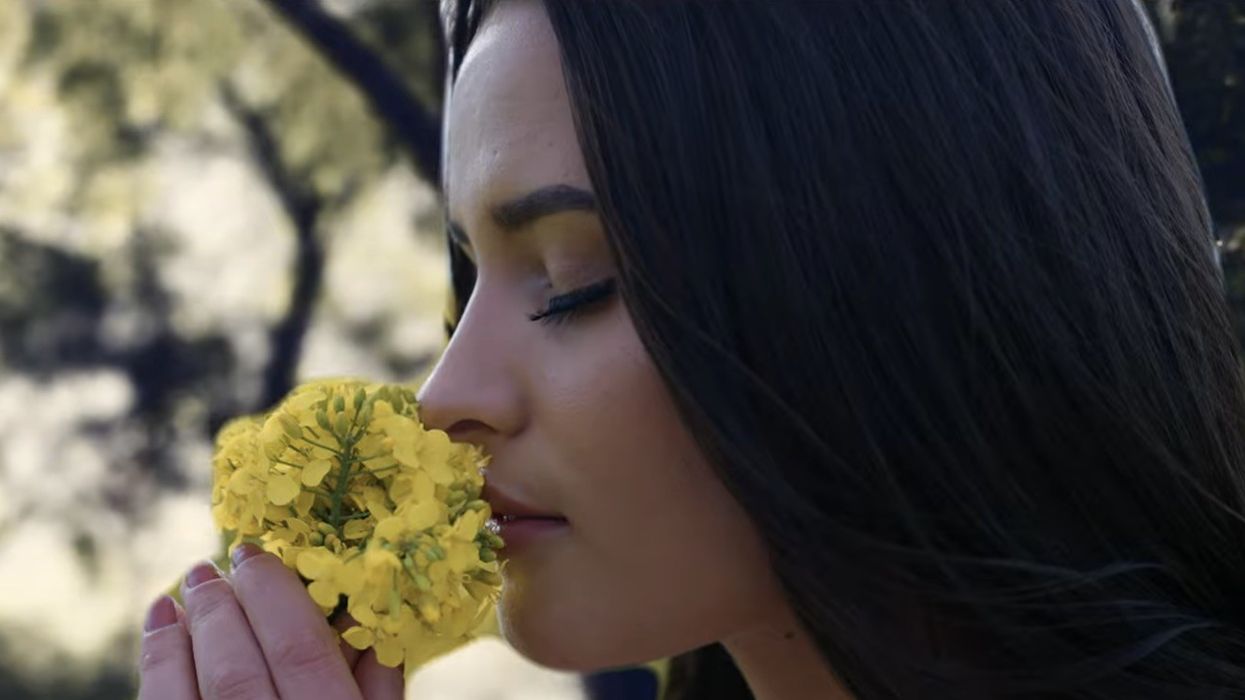Fast and Easy Step-by-Step Advice for Cinematic Footage
Here are some key tips to make your videos look more cinematic!

Written by Sean Alami
Be it a film, music video, or even a commercial, we all at some point want to construct a certain amount of cinematic dexterity. While there’s no clear path to creating the most cinematic footage to sell a scene, there are some key elements to being successful in doing so.
These tips are here to help you take the audience to places they’ve never been before.
You want to be able to take their breath away, right?
Well, let me help you!
In this video, I‘m providing exactly what the title suggests—tips to make your footage look cinematic fast. Check out the video below, then keep reading for more.
#1: Shoot in slow motion
This is going to effectively draw the viewer in. At 60 frames per second or 120 frames per second, you’re going to immediately create a dramatic look that will be hard to ignore.
For example, in my video, I shot the same scene at normal speed and in slow motion. There was a huge contrast.
The one at 30 frames per second was boring and not so flattering.
But once I slipped into slow motion at 120 frames per second, the difference was substantial.

#2: Ensure you have an establishing shot
An establishing shot is the master proponent of "show not tell" when it comes to filmmaking. You want to set the scene.
Typically speaking, filmmakers will use drones for aerial shots or a long wide as their establishing shot. However, in my video, I began with an abstract close-up, followed by a reveal of the character to engage and create a strong emotional connection with the audience.
#3: Include seamless transitions
My next suggestion is a seamless transition.
Why? Because it’s always a welcome addition to the party. People might say that this effect has been recycled a lot in modern times, but if used accordingly, no one can argue that it still adds the desired effect.
Originality is important to me, so adding that individuality to your shots and effects can make a huge difference. I opted to acquaint myself with FPV drones so that I could acquire the skills to master more cinematic looks.
Having done so, I feel I now have the ability to effectively achieve engaging transitions from my FPV drones to my Sony camera.
#4: Have a storyline
No matter the length, a compelling story is important for any video.
The substance of a scene can get lost if the focus is locked in on style. Be sure to create a motivation for the character. What is their objective? What are they doing? How do they feel? Of course, you can create a cinematic shot without this, but by adding a story, it takes your clip to the next level and boosts the engagement.

#5: Secure a variety of shots
Options are essential when coming back to the edit room. Go with the standard wide, medium, and close-up shots to begin with. They could be static, tracking, or pan, it doesn't really matter as long as you give yourself some choices coming back for the cut.
Now let’s move onto camera settings. You absolutely want to shoot at a wide aperture, whatever your camera can deal with f 1.2, 2.8, 3.5. This will direct the audience to your subject and soften the background so as to hold their attention.
Once you do that in daylight, however, you run into the obstacle of allowing light to creep in, and this is why we use an ND filter. Drop the camera back down a few stops to give it the right exposure at 2.8 aperture, 1/100 shutter, and ISO 400.
Finally, always set your shutter speed at double your frames per second. For example, I was shooting at 50 frames per second so I was sitting at 100 for shutter speed.
Post-production
Now that the footage is "in the can," so to speak, the work isn’t done. It's your job to now enhance this work by identifying the right music to match with the visuals and stimulate your audience.
My process is to take a full day listening to music and adding numerous moving or inspiring tracks that I think might work well. I then follow this by shortlisting my favorites, placing them on the timeline, and then zeroing in on what works best while cutting. You’ll gain a much clearer picture if you have the images with the music.
Helping new filmmakers develop is a real passion for me, so I want to provide as many options as possible to help them flourish. I want to pass on the knowledge I’ve learned so that others don’t run into the same problems.
If you incorporate these tips correctly I guarantee you’ll have success in making your footage look more cinematic. Check out the video, and if you want to see more content like this don’t forget to hit that subscribe button!
Check out Sean Alami on YouTube.











